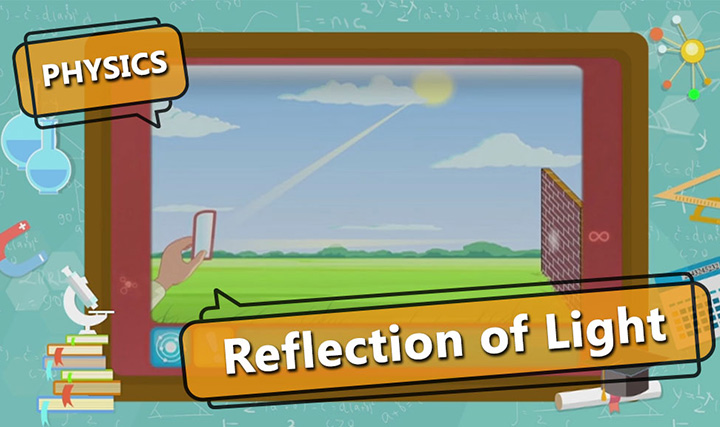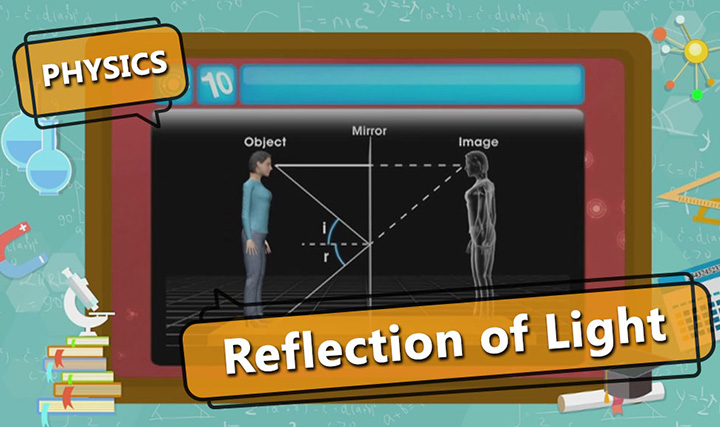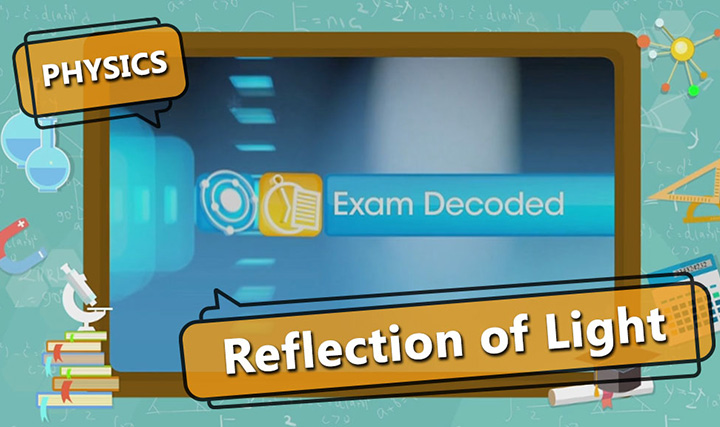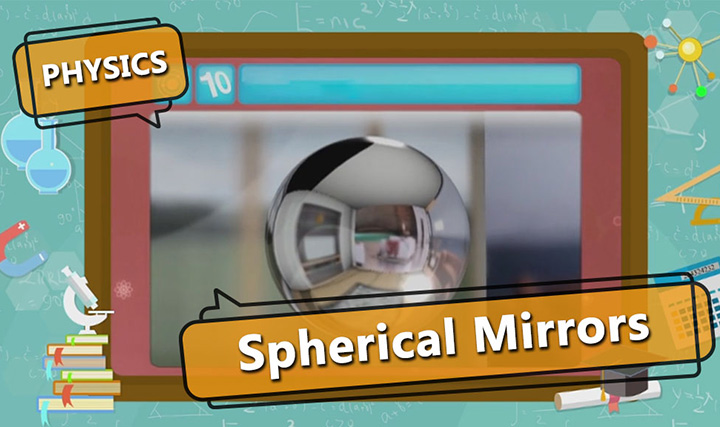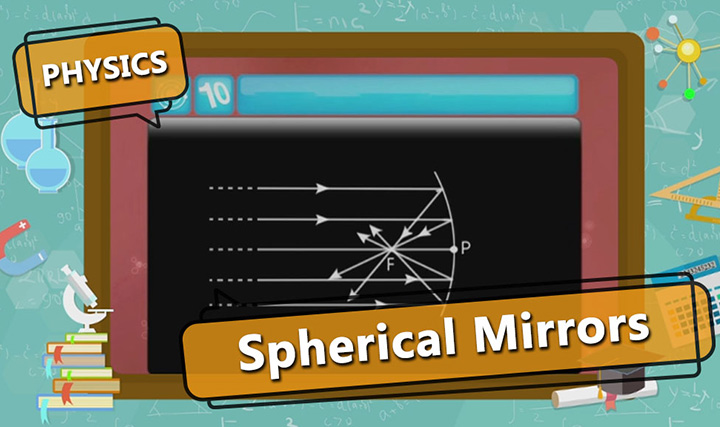CBSE Class 10 - Lens Formulae Videos
Nature of image and lens
This video explains the application of formula of linear magnification of lens for calculating the height of image and identifying the nature of image formed
More videos from this chapter
View All-
If rays are coming from a different object to adouble convex lens with two different refractive indices Mu1 and Mu 2 above and below the principal axis, explain how many images will be seen?
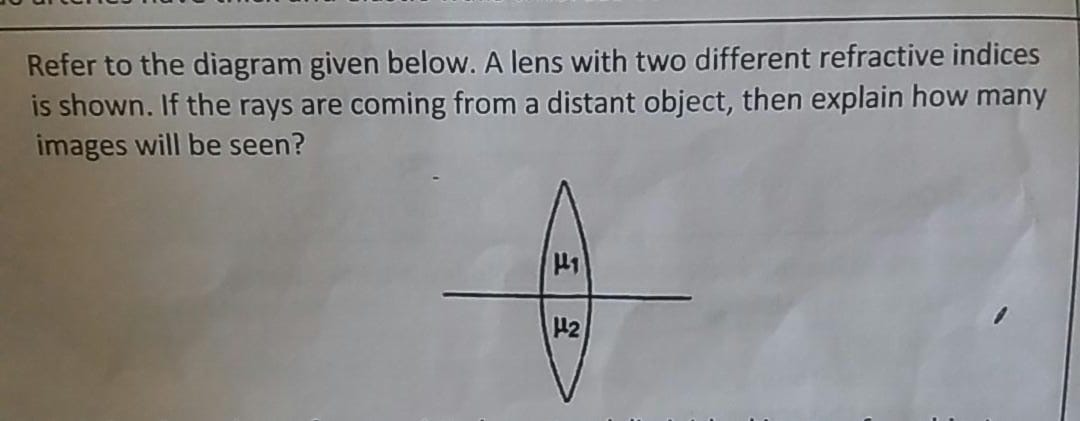
- what is the magnification of the image when v=30 cm and u= 15cm
- A concave lens has focal length of 20 cm. At what distance from the lens a 5 cm tall object be placed so that it forms an image at 15 cm from the lens? Also calculate the size of the image formed.
- A concave lens has focal length of 30 cm. At what distance should the object be placed from the lens so that it forms an image at 20 cm from the lens ? Also, find the magnification produced by the lens.
- solve x + y + z + u = 120 , 2x + y + 4 z+ 3y = 29 , 3x + 2y +z + 4u= 27, 4x + 3y +z +2u = 22. find x,y .z. u
-
f
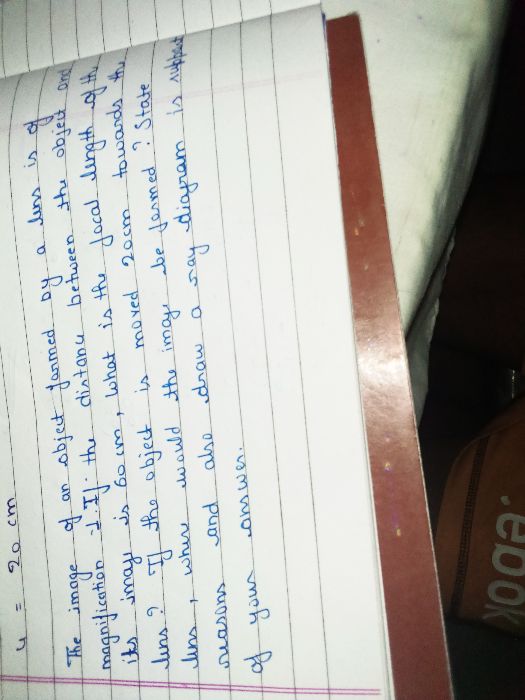
- Tell concave lens convex lens sign convention
- An object placed in front of the convex lens at a distance of 25cm on the principal axis. The focal length of lens is 15cm, at what distance the image is formed and writes the nature and size of the image.
- A concave lens has focal length of 20 cm. At what distance from the lens a 5 cm tall object be placed so that it forms an image at 15 cm from the lens ? Also calculate the size of the image formed.
- I don't know how to take focal length, image distance and object distance positive or negative in lenses and mirrors?

